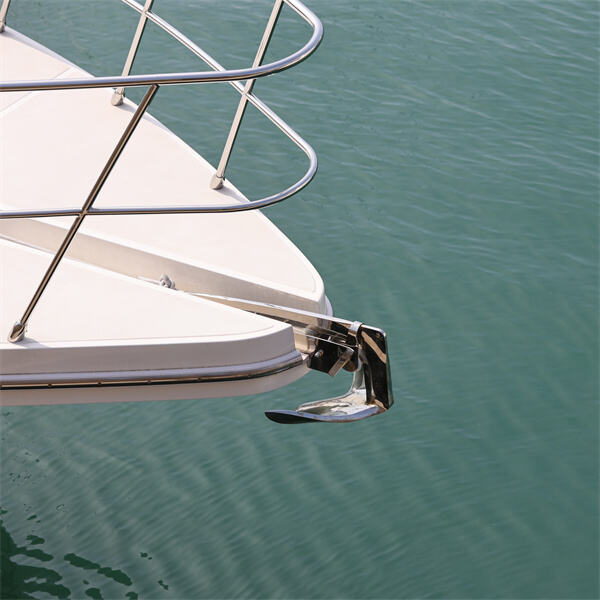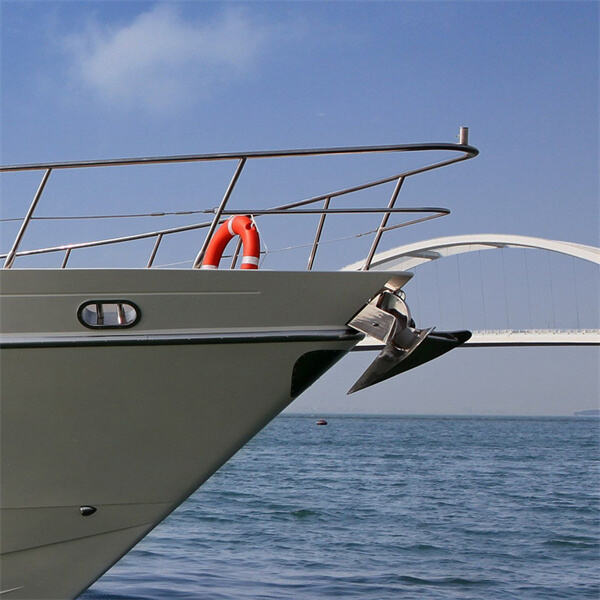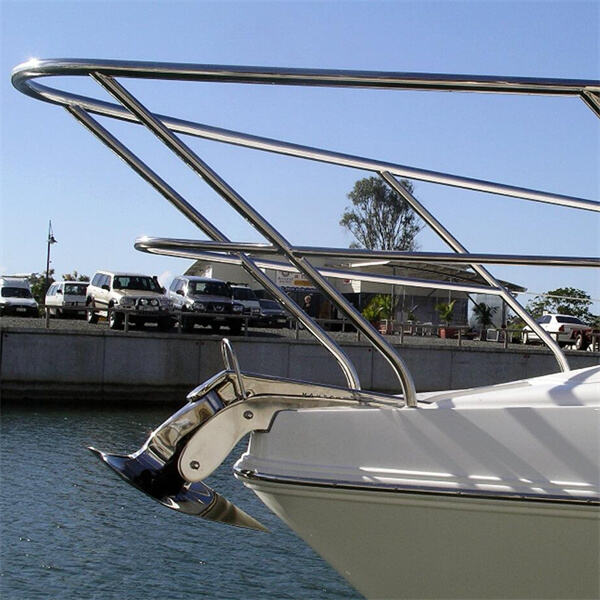Anchors are very useful equipment for boats. These weighty objects ensure boats stay put and don’t float off. When Sailing, Anchors are Very Important For Safe Waves are never predictable and so anchors are your friend. Anchors come in a variety of types, and different anchor styles are designed for use with different types of boats and in different sea conditions. Knowing how to anchor your boat properly is key to keeping it safe. Next we discuss the historical background and development of anchor designs that make them so important.
An anchor is a little like a giant metal hook that grabs the bottom of the sea and won’t let go. It’s like throwing a heavy rock into the water so that the boat doesn’t drift away. Boats without an anchor would drift with the ebb and flow of the water. Its anhcor must be strong and heavy to keep the boat in position through a storm. It is an essential tool to keep boats safe when at sea.
It can be difficult to sail a boat, especially one being buffeted by powerful winds and waves. This is the reason why good anchor is very essential fro having a sail, safely. Anchors are tools that boats use to remain in a single location when they are supposed to stop or rest. They prevent boats from drifting into hazardous spots like rocks or shallow water. Boats would struggle to stay on course and avoid hazards if they had no anchors. That’s the reason every boat needs a good anchor.

Boat Anchor Types There are several types of anchors available for boats, and each anchor has its own strength and purpose. Plow anchors, Danforth anchors and mushroom anchors are the most usual types. Plow anchors are large, heavy, and strong — they’re an ideal option for larger boats. Danforth anchors have pointed flukes that penetrate the ocean floor for good holding. The mushroom anchor is a two-piece design and is much lighter and simpler to use than the fluke/mud design, so this makes it suitable for smaller boats. There is a type of anchor for every type of boat and sea condition, so it is essential that you select the right one for your boat.

The art of anchoring a boat properly plays a key role in a boat’s safety in various sea conditions. When anchoring, look for good ground, such as sand or mud. Lower the anchor gently into the water and release the rope until the anchor touches the bottom. Then, gradually reverse the boat to let the anchor settle. Ensure the anchor and line are secure before tying the line to the boat. In high seas, you may have to use more than one anchor or heavier anchors to hold your boat steady. By securing the boat correctly, you can be sure that your boat is well protected.

Marine anchors have been systematically developed and evolved over the last 30 years to best suit sailors' needs. Anchors were made from heavy stones or pieces of wood tied to ropes long, long ago. As boats became more and more substantial, their anchors were composed of iron and steel for added strength. Nowadays, contemporary anchors are forged from sturdy metals such as stainless steel to ensure they last. Modern gear such as anchor winches and electronic anchor systems have also made anchoring even simpler. If we think about the history of the marine anchor, we can see how ingenious and imaginative people have been in finding ways to keep boats secure while they are on the water, for centuries.